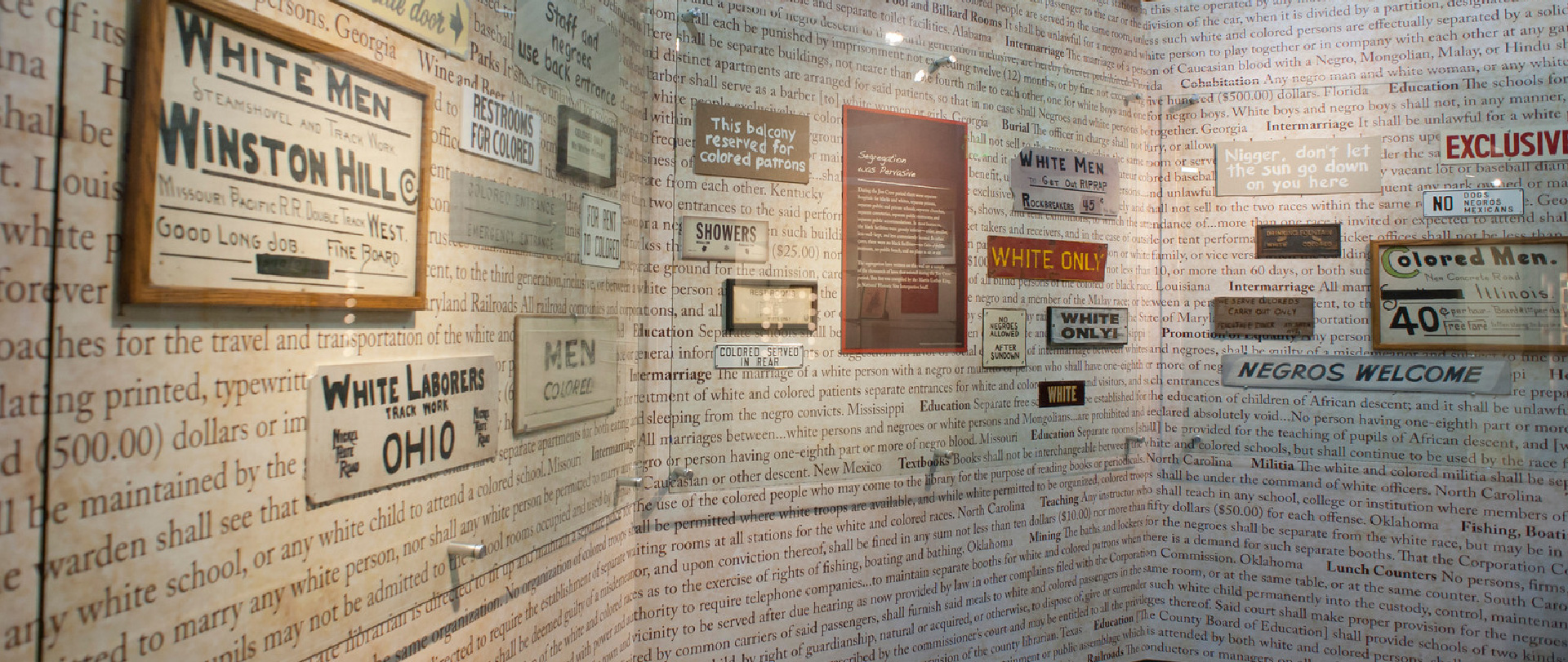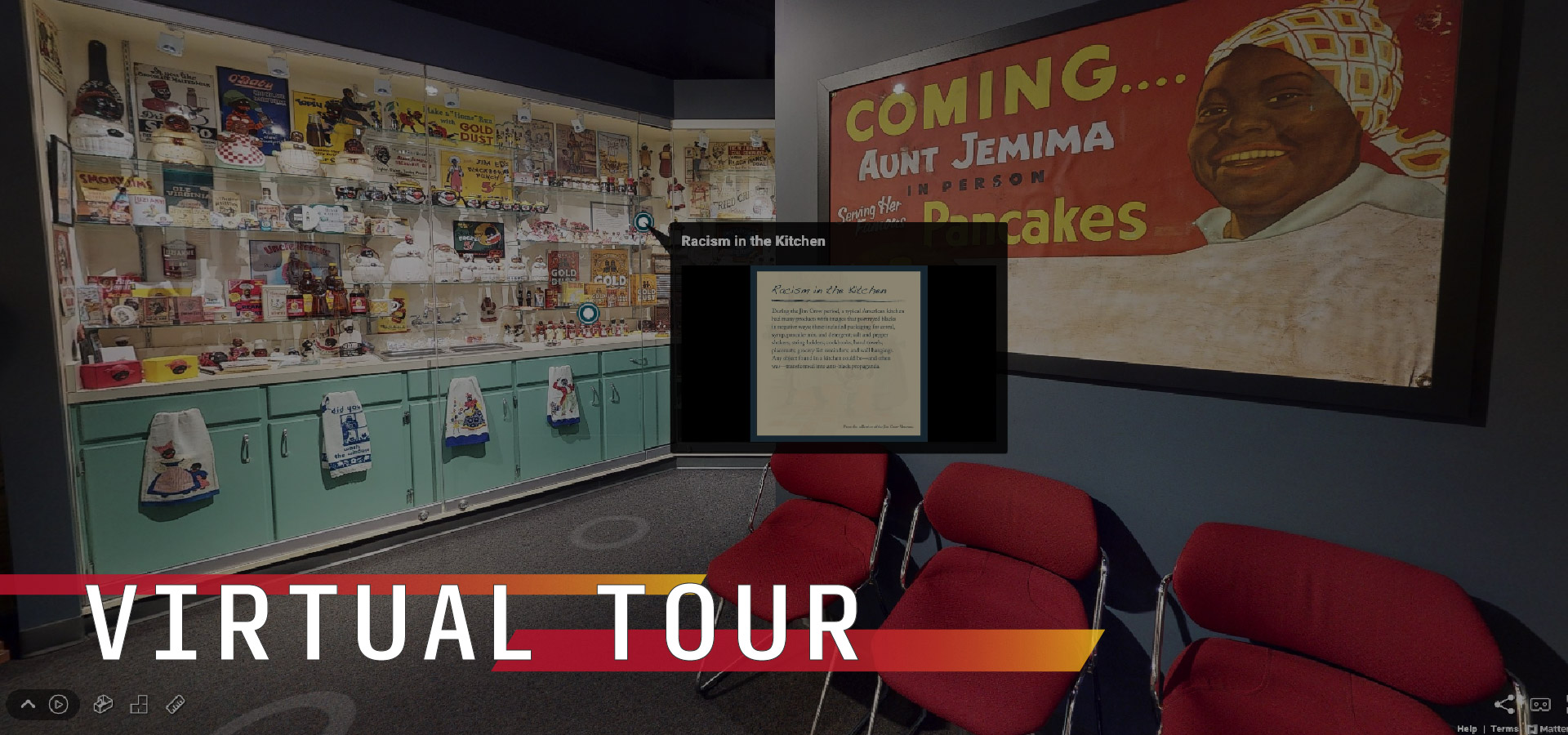
Expanding the Museum
For nearly two decades the Jim Crow Museum has used contemporary racist and primarily anti-Black artifacts to tell the story of African American resiliency. It is a teaching model which has been wildly successful, and now is the time to expand that story. As we embark on the construction of a new museum, archive, and research facility, we need champions who will help us keep our work moving forward.
Together, a better world is possible.

Groundbreaking!!!
Museum Expansion update
Dec. 12, 2024, BIG RAPIDS, Mich. – Ferris State University today broke ground on a new Jim Crow Museum, a one-of-a-kind resource that will be a space for teaching, learning, and meaningful conversations about race that inspire understanding, healing, and positive change.

Telling a Larger Story
Museum Expansion Project
Help the Jim Crow Museum tell a larger story. Support the museum's expansion into a state of the art facility that will foster critical encounters with artifacts of intolerance and their dreadful impact.

Teaching Tolerance With Objects of Intolerance
The Jim Crow Museum is the nation's largest publicly accessible collection of artifacts of intolerance. The Museum contextualizes the dreadful impact of Jim Crow laws and customs. The Museum uses objects of intolerance to teach tolerance and promote a more just society.
The museum is located on the campus of Ferris State University in Big Rapids, MI. Admission is free for all visitors.
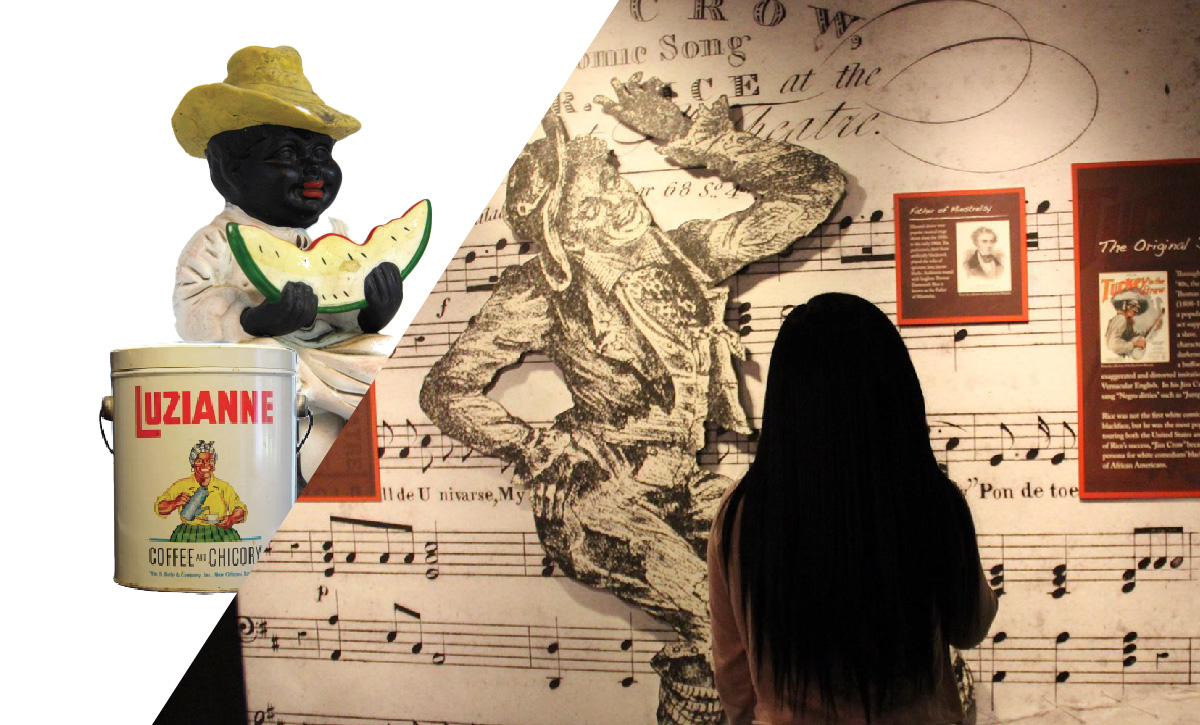
Explore the Museum Virtually
Experience the power of a visit to the Jim Crow Museum virtually. The museum's virtual tour gives you the opportunity to discover many of the highlights from our collection.
Critical Encounters: Featured Exhibits
![]()
What was Jim Crow?
Jim Crow was the name of the racial caste system which operated primarily, but not exclusively in southern and border states, between 1877 and the mid-1960s. Jim Crow was more than a series of rigid anti-black laws. It was a way of life.
Explore What was Jim Crow?
The Brute Caricature
The brute caricature portrays black men as innately savage, animalistic, destructive, and criminal -- deserving punishment, maybe death. Black brutes are depicted as hideous, terrifying predators who target helpless victims, especially white women.
Explore The Brute Caricature
ATTACKING SEGREGATION
During the Jim Crow period, African Americans were confronted by institutional discrimination and acts of individual discrimination, and generally treated as second-class citizens. Nevertheless, black people made significant contributions that enriched the United States.
Explore ATTACKING SEGREGATION
Jim Crow Museum in the News
06/17/2024
The Secret Life of Lawn Ornaments - Podcast
09/14/2023
"Time of Change" traveling exhibit is available for rental. Click for more information
Questions for the Museum
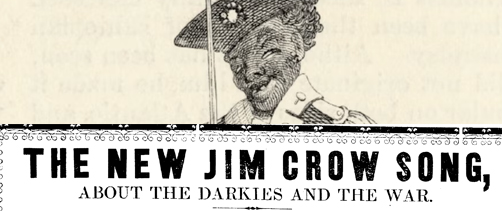
2/4/2025
The New Jim Crow Song
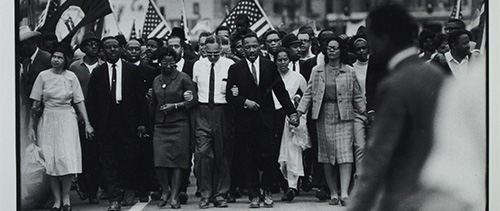
8/8/2024
Pushback to Jim Crow Laws
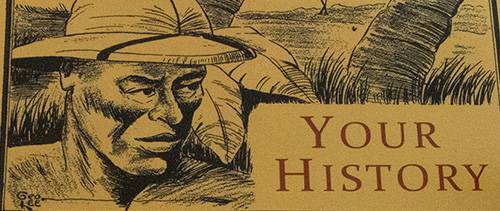
6/12/2024
Pushback to Teaching Racism
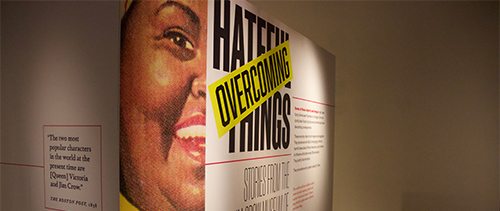
05/10/2024
The Traveling Exhibits of the Jim Crow Museum
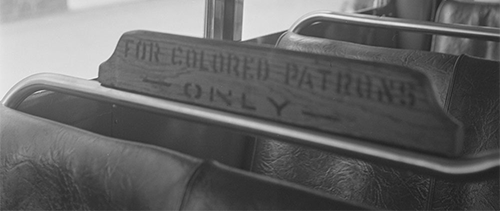
12/8/2023
Bus and Railcar sign question from a facebook follower of the museum.
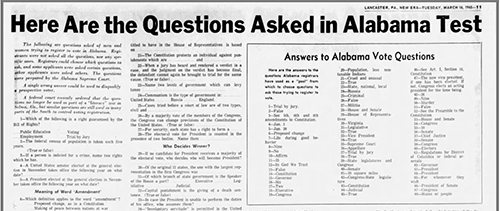
9/15/2023
1965 Alabama Literacy test Question for the Museum
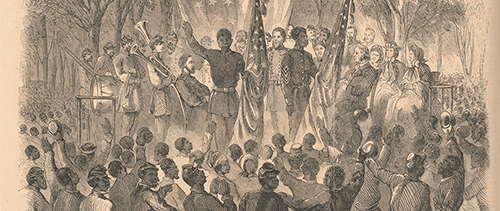
8/10/2023
Emancipation dates and Juneteenth Question to the Museum
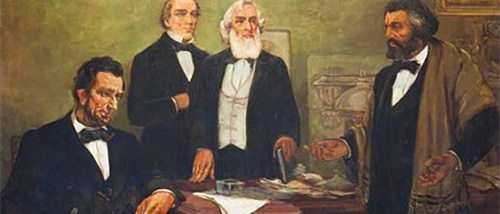
2/23/2023
Abraham Lincoln and Frederick Douglass had an interesting relationship. Read more in this Question to the Museum
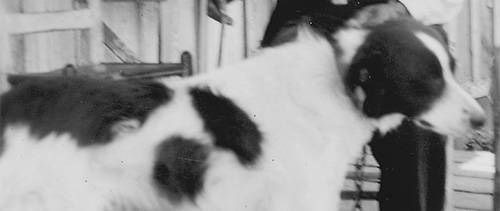
8/23/2022
Similar to how gun ownership was highly restricted for African Americans, the ownership of dogs was also regulated, for enslaved people and for free African Americans.
More to Explore
Support the Museum
Help us keep the powerful experience of visiting the Jim Crow Museum free and accessible to all. Consider supporting the museum today.
Donate artifacts to the museum
Connect with Us
Jim Crow Museum
1010 Campus Drive
Big Rapids, MI 49307
[email protected]
(231) 591-5873

